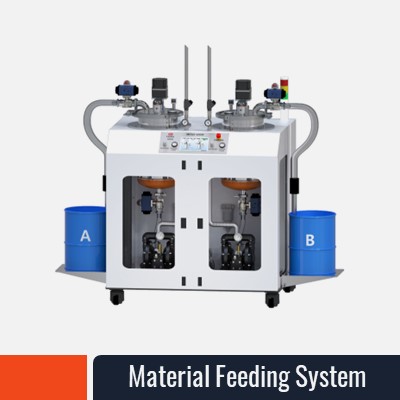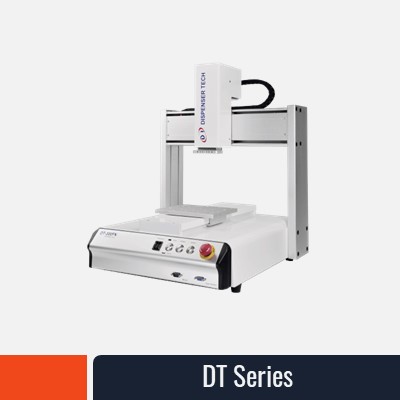
Heated Hose & Heater Hose
What is a Heated Hose?
When it comes to moving liquids or molten materials, heated hoses are essential, particularly if temperature control is needed. These hoses ensure that the transported medium stays at a constant temperature regardless of external conditions in markets like bonding technology, filling and dosing systems, medical technology, chemical and pharmaceutical processing, the food industry, extruder applications, and research & development. For materials like chocolate, jelly, and hot melt adhesives, this is crucial.
Heated Hose for Hot Melt Adhesive
For hot melt adhesives, heated hoses are made specifically to keep the adhesive molten while being transported from a tank unit to the application head. This configuration is crucial for bonding solutions that require precise application, such as those used in crafting, automotive assembly, or packaging. Constant temperature and dependable adhesive application are guaranteed by the flexible hoses that offer a heated transmit for the adhesive. These hoses are usually utilised in systems that need flexible connections for moving parts, such robotic or manual systems.
Construction of Heated Hoses for Hot Melt Adhesive
These hose construction is especially made for dealing with high pressure and temperatures, ensuring a long lifespan and reliable performance. Teflon, or PTFE, has a high temperature resistance and is used as the core material of heated hoses for hot melt glue. A vacuum assembled mesh braiding that improves durability and pressure resistance encloses its inner tube.
To provide a uniform distribution of heat, the heating element is wrapped around the hose in a spiral pattern. Multiple layers of insulation, such as silicone foam and heat-resistant felt, assist the heating system retain heat and use less electricity. The hose assembly is further protected by an exterior thermoplastic rubber (TPE) perforated hose.
The hose assembly is completed with durable plug connections, electrical terminals, and end caps, which guarantee a safe connection between the dispensing system and the melt tank.

Applications of Heated Hoses for Hot Melt Adhesive
Heated hoses are essential in sectors where hot melt adhesives are used. They guarantee a steady and regulated flow of adhesive by joining a melt tank to a glue dispensing machine. The hoses are made to withstand the pressure (up to 112 bar) and temperature (up to +200°C) needed for applications involving hot melt glue.
Electrically heated hoses are very popular in woodwork veneering and carpentry shops, where they are used in hot-melt adhesive application methods for wooden surfaces. In order to enable a smooth and effective application of adhesive to packaging materials, they are also utilised in packaging lines.
Technical Specifications
- Hoses Material PTFE 250°C Grade
- Braiding SS Braid 304
- Fiberglass Tape 500 °C
- Independent Element Alloy- Nichrome 80/ Alloy 875/ Alloy 815/ Nickel 200/ Alloy 30/Alloy 15/
- Alloy 10/ Alloy 5/ Alloy 27 / Alloy 50/Copper/ Customize
- Resistance (ohm/m) 3500 ohm/m -0.169 Ohm/m
- Max. Working (BAR) 300
- Max Bursting (BAR) Up to 1900
- Maximum working
- Temperature
- Up to 250°C
- Outer Jacket Nylon Braid/Polyamide Braid Black/Customized
- Sensor RTD/Thermocouple
Preventing Adhesive Solidification
One of the primary tasks of heated hoses for hot melt adhesives is to keep the adhesive from hardening during transport. The heating element, composed of high grade heat-conducting metals insulated with KAPTON, wraps around the hose, keeping the hot melt glue liquid as it travels from the melt tank to the application location. Insulation materials such as fiberglass, which can endure temperatures of up to 750°F (398°C), further reduce heat loss.
Operating Temperature of Hot Melt Hoses
Hot melt hoses can operate at temperatures ranging from 100°F to 500°F (38°C to 260°C), depending on the exact application requirements. If higher temperatures are required, specific materials can be employed in hose construction to meet these requirements.
Common Questions about Hot Melt Adhesive Heated Hoses
How often should a hot melt hose be replaced?
The replacement frequency depends on how often the hose is used, but replacing it once a year is generally a good estimate.
How do I determine the correct hose for my dispensing equipment?
If you have the original hose number from the manufacturer of your equipment, it can be cross-referenced to find the appropriate replacement.
Does the length of the hose affect performance?
Yes, the length can impact performance. A hose that is too short may not reach the materials effectively, while a hose that is too long may experience cooling if it comes into contact with colder surfaces, which can cause blockages and reduce efficiency.
Do heated hoses need to be cleaned?
While not always necessary, it’s recommended to clean heated hoses at least once a year to maintain their performance and longevity.
What is the cost of a high quality hot melt hose?
Prices vary based on size and length, but investing in a quality hose ensures a longer service life and fewer replacements. Customers have provided feedback indicating that our hoses offer both longevity and competitive pricing compared to others on the market.
Heated hoses are a crucial component of hot melt adhesive systems, ensuring that the glue remains liquid and can be applied effectively. Their long-lasting design and accurate temperature control make them ideal for a wide range of industrial applications, including packaging and woodworking. If you need help locating the proper heated hose for your dispensing system, please contact us.
For any questions or help selecting the right hot melt adhesive heated hose, call us at
+13865850355 or contact us directly.





